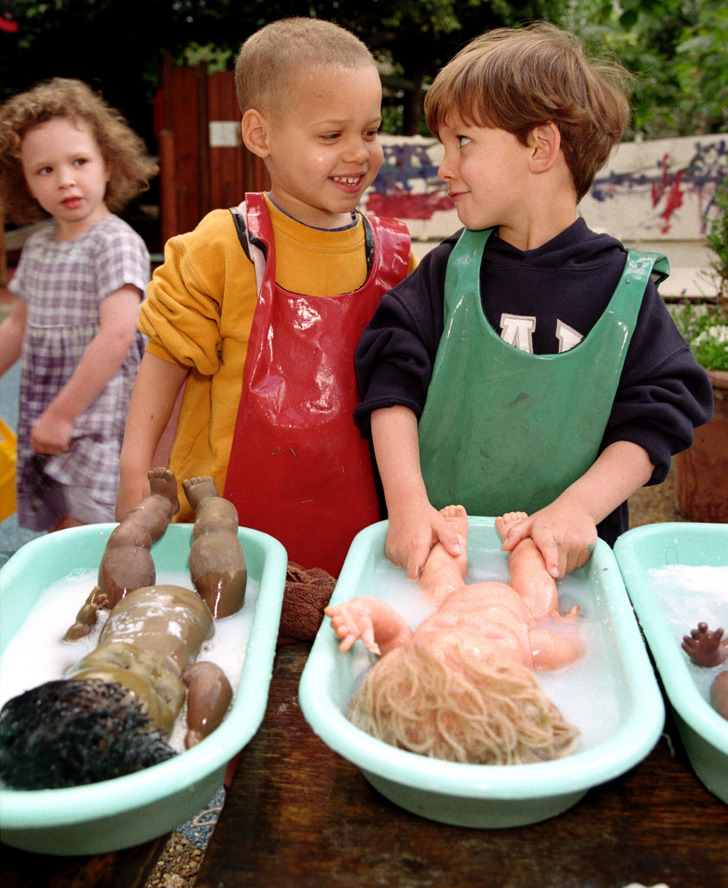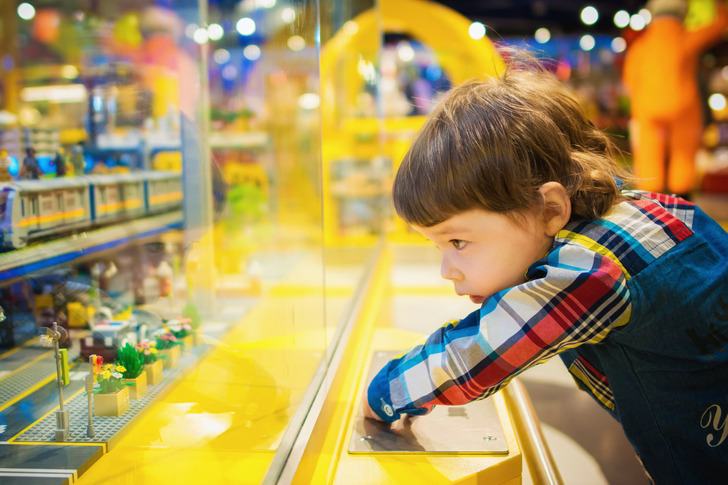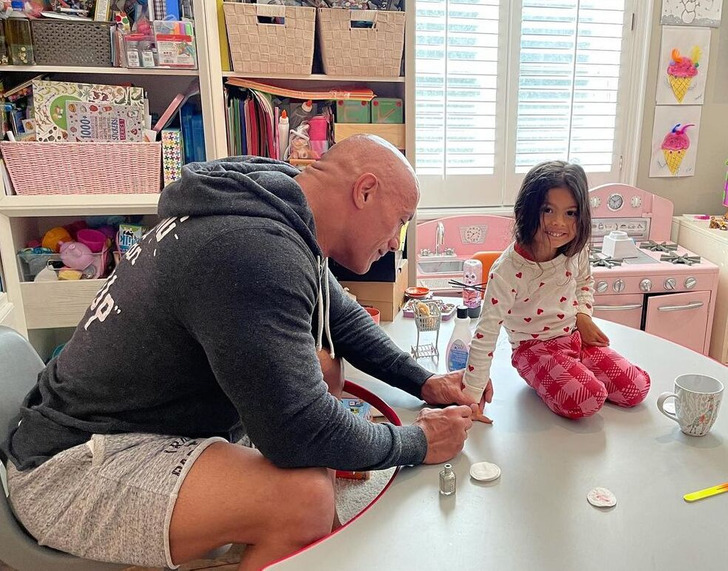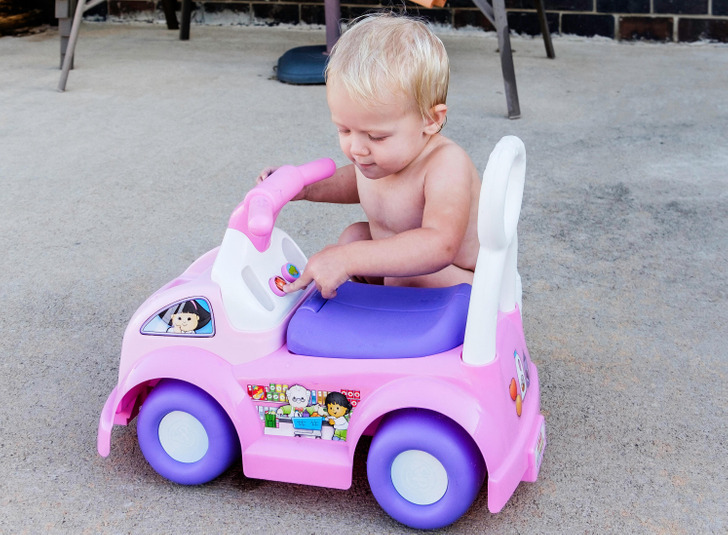Well duh, gendered toys can affect children’s growth. When my little brother decided he wanted to paint his nails yellow ( bc he loves that color. He’s usually more interested in avenger type stuff) one of my friends looked at him like he was crazy. And what for? He loves the color yellow! Some things are uselessly gendered
Gendered Toys May Affect Your Child’s Development, a Study Reveals
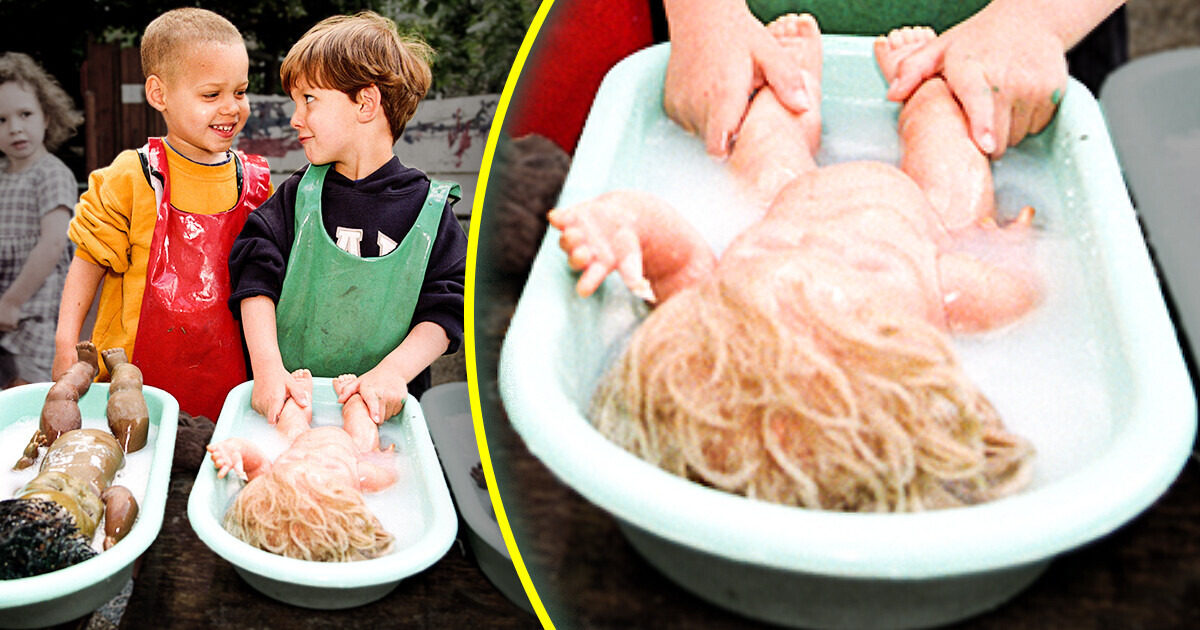
Many parents are worried about their sons being teased for playing with “girls’ toys”, while fewer parents express concerns their little girl would be judged for playing with “boys’ toys”, according to research. Gendered toys may have negative effects on children’s development by limiting their interests and perpetuating outdated stereotypes. It’s important to provide children with a diverse range of toys and play experiences to help them develop their skills and understanding of the world, without imposing gender stereotypes on them.
It might keep children from learning new skills.
Toys are more important than they seem as they play a crucial role in children’s learning and development. For instance, dolls and pretend kitchens teach children about cognitive sequencing of events and language skills, while building toys like Lego and puzzles develop spatial skills, which are fundamental to math learning. However, restricting children’s access to a diverse range of toys might limit their exploration and growth.
It may limit their future choices.
When children are given gender-specific toys, it can limit their imagination and creativity, hindering their ability to think innovatively. Stereotyped toys may restrict children’s cognitive abilities, which could impact their future career choices. While women are increasingly becoming part of the workforce, dolls marketed to girls still typically portray fantasy roles, such as princesses and pop stars, rather than reflecting realistic careers.
Unfortunately, these unrealistic portrayals extend to dolls marketed to boys as well. Dolls provide children with an opportunity to explore various occupations, but the current trend of promoting unrealistic professions may not be helpful.
Gendered toys affect the way children view their interests.
As play is essential for childhood development, providing children access to a diverse range of toys and play experiences regardless of gender, can enhance their sensory, gross, and fine motor skills, and help them understand the world and their role in it. Typically, toys marketed to boys are associated with adventure, action, and aggression, while those marketed to girls tend to be passive and focused on appearance, creativity, and nurturing. Girls’ toys often involve indoor activities such as grooming dolls or horses, painting, art, or caring for baby dolls.
Toys weren’t always gendered.
Toys were once marketed to both genders, but in the 1940s, manufacturers discovered they could sell more by creating toys specifically for boys or girls. This gave rise to the popularization of pink for girls and blue for boys. However, some campaigns are working to end gendered toy marketing by urging retailers to stop categorizing toys and books by gender.
Comments
My mom won’t let me paint my 4 y/o brothers nails because it’s for girls. No it’s not!
Related Reads
10 Famous Women Who Came Up With Creative Beauty Tricks
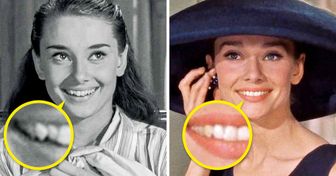
11 Harsh Truths Almost All of Us Tend to Neglect

Why Men Are Unable to Express Their Feelings as Women

Why Hollywood Turned Its Back on Katherine Heigl When She Was at The Top of Her Career
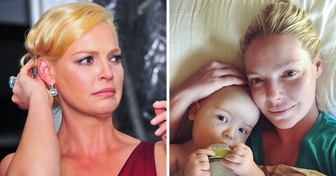
22 Happy Couples Shared Photos Through the Years of Their Relationship

10 People Share Stories From Their Jobs That We Probably Aren’t Supposed to Know

10 Travelers Who Took “Breaking the Rules” Way Too Far

I Refuse to Let My Sister Hijack My Pregnancy Announcement
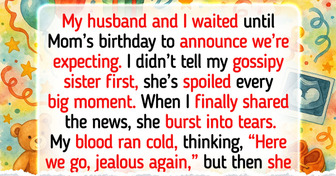
I Refused to Trust My Stepson After His Lies—He’s No Longer Welcome in My House

I Refuse to Risk My Son’s Safety to Save My Ex’s Child

14 Mother-in-Law Moments That Became a Legendary Family Story

HR Fired Me Before My Vacation — They Forgot One Thing

